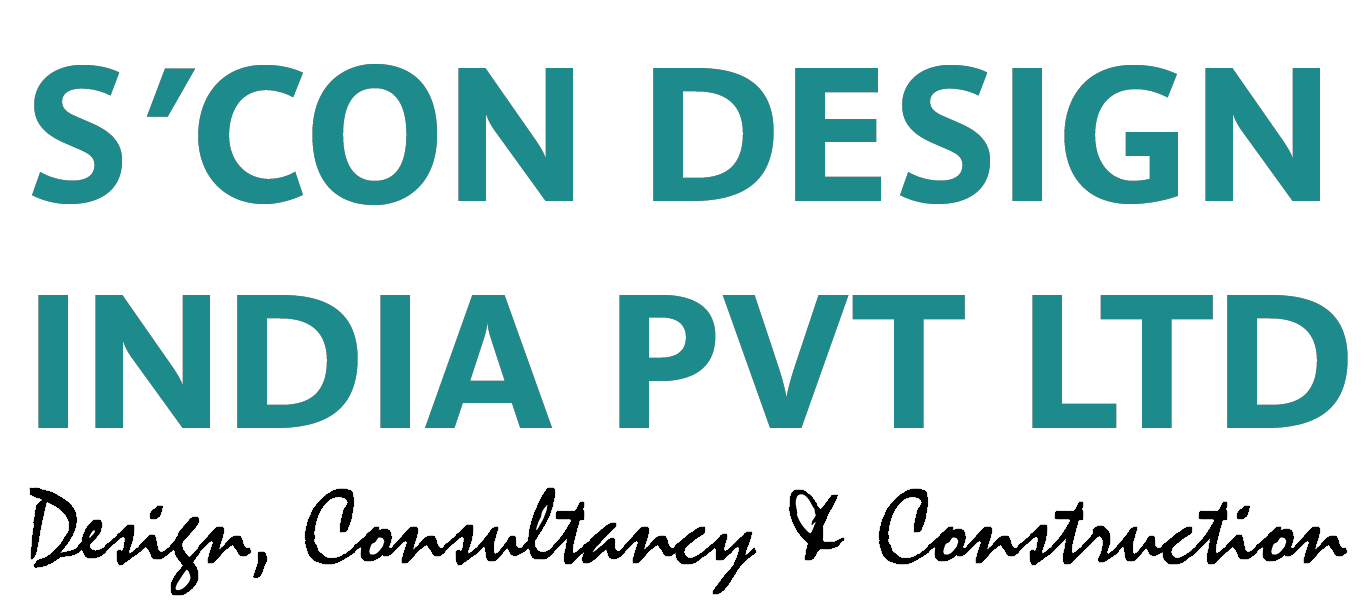NEW YORK 3D LASER SCANNING AND MODELING
"New York is a city known for its iconic architecture and skyline.
To capture the intricate details of these structures, 3D laser scanning and modeling technology has become increasingly popular.
This technology allows for the precise measurement and documentation of buildings, monuments, and even entire cityscapes.
With the use of laser scanners, millions of data points are collected to create detailed and accurate 3D models.
These models serve a variety of purposes, from architectural design and preservation to virtual reality experiences and entertainment.
The process of 3D laser scanning begins with the positioning of the laser scanner at various vantage points around the target object or area.
The scanner emits laser beams that bounce off surfaces and return to the device, measuring the distance and shape of the object.
This data is then processed and transformed into a point cloud, which is a collection of millions of individual data points.
These points represent the precise location and geometry of the object being scanned.
In the context of New York City, 3D laser scanning and modeling have been instrumental in documenting and preserving its architectural heritage.
Many historic buildings, such as the Empire State Building and the Flatiron Building, have been scanned to create accurate 3D models.
These models not only serve as a digital archive but also provide valuable insights for architectural design and renovation projects.
By having a detailed virtual representation of these structures, architects and engineers can analyze their structural integrity, plan renovations, and even simulate the effects of natural disasters.
Furthermore, 3D laser scanning and modeling technology have opened up new possibilities in urban planning and development.
City officials can use these models to visualize proposed changes to the urban landscape before they are implemented.
This helps in making informed decisions about zoning regulations, infrastructure improvements, and public space design.
Additionally, these models can be used for simulations and virtual reality experiences, allowing residents and visitors to explore the city in a unique and immersive way.
In conclusion, New York City has embraced 3D laser scanning and modeling technology as a powerful tool for documenting, preserving, and designing its iconic architecture.
The precision and accuracy provided by this technology have revolutionized the fields of architecture, urban planning, and historic preservation.
By creating detailed 3D models of buildings and cityscapes, professionals can make informed decisions, simulate scenarios, and enhance the overall experience for residents and visitors alike." "The city of New York is renowned for its magnificent buildings and skyline.
A growing number of people are using 3D laser scanning and modeling technologies to record the exquisite features of these structures.
Buildings, monuments, and even entire cityscapes may be measured and documented with pinpoint accuracy thanks to this technology.
Millions of data points are gathered using laser scanners in order to produce precise and accurate 3D models.
From architectural design and preservation to virtual reality experiences and entertainment, these models are used for a range of applications.
The first step in 3D laser scanning is to place the laser scanner in various locations around the object or region being scanned.
The scanner emits laser beams that return to the instrument after bouncing off surfaces and calculating the distance and" "New York is known for its spectacular skyline and buildings.
The precise details of these buildings are being captured by an increasing number of people employing 3D laser scanning and modeling technologies.
With the help of this technology, it is possible to measure and record specific details of structures, monuments, and even entire cityscapes.
Laser scanners are used to collect millions of data points in order to create exact and accurate 3D models.
These models are utilized for a variety of purposes, from architectural design and preservation to virtual reality experiences and entertainment.
Placing the laser scanner in various spots all around the object or region being scanned is the initial stage in 3D laser scanning.
The scanner releases laser beams that, after bouncing off objects and measuring the distance, return to the instrument."

